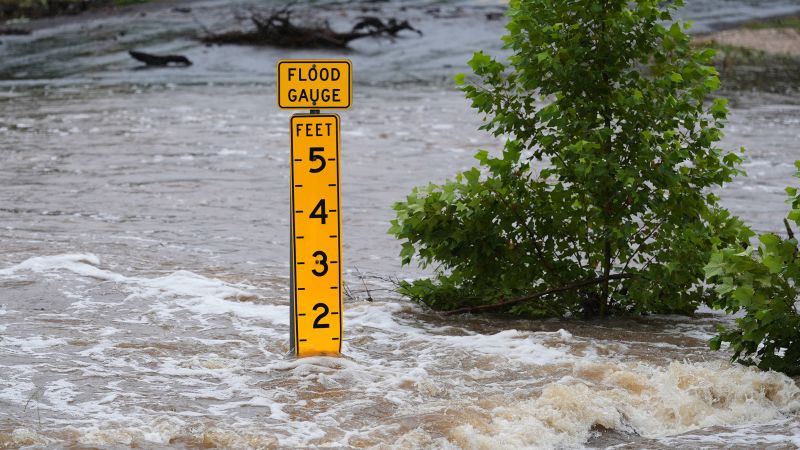Trump Tariff Win Could Drive Carbon Border Adjustments Forward

The recent discussions surrounding tariffs implemented during the presidency of Donald Trump have taken a new direction, potentially paving the way for significant advancements in climate policy. The use of the International Emergency Economic Powers Act (IEEPA) for implementing carbon border adjustments may present numerous benefits for both environmental goals and economic interests.
The IEEPA, originally designed to address national emergencies, could be repurposed to impose tariffs on imported goods based on their carbon emissions. This approach aims to create a level playing field for American businesses, encouraging them to adopt more sustainable practices. By adjusting tariffs according to the carbon footprint of products, the United States could effectively drive down global emissions while also enhancing domestic competitiveness.
Strategic Implementation for Climate Benefits
The proposal for carbon border adjustments hinges on a dual objective: combating climate change and supporting American industries. According to the World Trade Organization (WTO), such measures could be compliant with international trade rules, provided they are applied in a fair and transparent manner. This potential alignment may allow the United States to navigate the complex landscape of global trade while prioritizing environmental sustainability.
A key advantage of this tariff strategy lies in its ability to incentivize foreign manufacturers to reduce emissions. By imposing a carbon price on imports, countries that export goods to the U.S. would have a financial motivation to adopt cleaner technologies. This could lead to a ripple effect, encouraging broader global participation in climate initiatives.
Moreover, the carbon border adjustments could generate substantial revenue for the U.S. government. Estimates suggest that these tariffs could raise billions of dollars annually, which could be reinvested into green technologies and infrastructure projects. This financial influx would not only enhance environmental efforts but also create jobs in the renewable energy sector.
Challenges and Considerations Ahead
Despite the potential benefits, implementing carbon border adjustments will not be without its challenges. The European Union has already initiated discussions about similar measures, which could lead to trade disputes and retaliatory actions from affected countries. Navigating these diplomatic waters will require careful planning and negotiations to avoid escalation.
American businesses, particularly those in manufacturing, may also have concerns about the impact of such tariffs on their supply chains. Import-dependent industries could face increased costs, potentially leading to higher prices for consumers. Thus, balancing the environmental goals with economic realities will be crucial for the success of this initiative.
In addition, there are questions about the effectiveness of carbon border adjustments in achieving substantial emissions reductions. Some analysts argue that while tariffs can be a useful tool, they may not address the root causes of climate change. Comprehensive policies that promote innovation and investment in clean energy will be necessary to complement any tariff strategy.
As discussions continue, the potential of using IEEPA for carbon border adjustments presents an intriguing intersection of trade policy and climate action. If executed thoughtfully, this approach could mark a significant step forward in the global fight against climate change while bolstering the U.S. economy. The next few months will be critical as stakeholders assess the feasibility and implications of this ambitious initiative.






